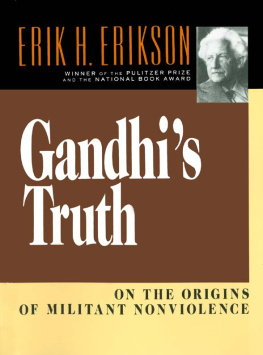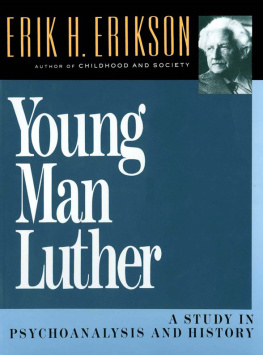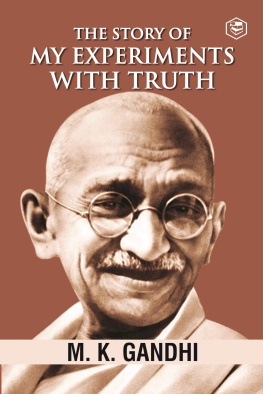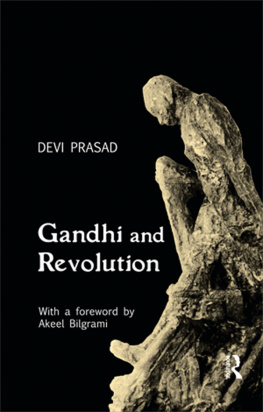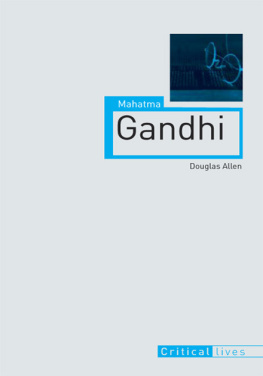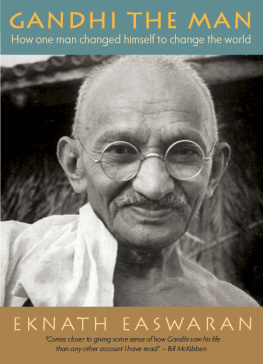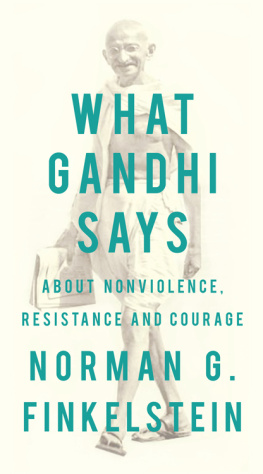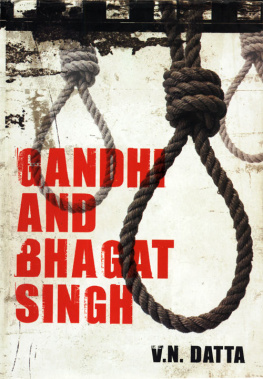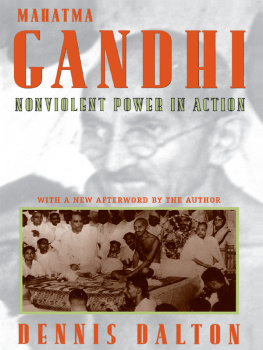AS THE PLANE SETS DOWN at the Delhi airport before dawn, the newcomer is enveloped in a new world of sights, sounds, and smells which darkly command him to reset all his senses before asking any questions. The faces of Indian friends glow with that special dawn responsiveness which is born of the ability to sleep any time and to awake any time. Kamla and Prem, two strong and warm Punjabis, firmly took Joan and me out of the travel circuit; they and their circle of friends would shelter us against and yet guide us slowly toward unknown depths and heights of experience.
We drove through the still, dark avenues of the imperial capital to the International Center, a modern hospice for scholars. Of modern Mogul style, it overlooks the ancient Lodi Gardens and their huge, sinister domes. Stepping out on the balcony, before trying to catch a bit of sleepand then to awake in Indiawe had the almost guilty feeling of seeing India as one dreams it to be. For months we had strenuously read about the realities of this subcontinent in order not to be fooled either by ancient images or modern pretenses. But now, only the senses continued to register. Jackals were yapping in the distance and down in the caves of their day-time existence, and some early morning walkers appeared, gliding through the trees like white shadows. There was time, we had to tell ourselves. And this would remain: feeling almost lethargically at home with our senses and our affects as we never had anywhere else and yet a sense, too, of incomprehensible dread.
We stayed in Delhi two days, beginning each day by joining the early walkers in the Lodi Gardens.
But to be in the India of today, one has to escape Imperial New Delhi. In Old Delhi, traffic has Asian style. It overflows and contracts with the yielding and the ruthlessness of fast-flowing water. In an hours walk one sees men, women, and children who call to mind every step in the history of the human species and every physical state of grace and crookedness, vigor and infirmity. The mere sight of the anonymous mass grips one with an apprehension matched only by the prevailing sense of unknown hazards to health. Stray off the tourist beat, and one is in a different, almost hostile ecology of mores and microbes. To survive and to begin to understand, one must mobilize some unlived portions of individual and racial existence. One thinks of the riots (or the furors, as somebody called them) which erupted in the vacuum left by Gandhis dying influence and by the departing British. But breathing is ever again restored by the handsome motion and the gay and warm expression of many of these people; and even the public urination and defecation (which at first the stranger cannot ignore) bespeaks a naive dignity. Only a day or so before, we had swum in the Lake of Galilee and had walked at night on the shores where, even among militant and pragmatic Israelis, one can never forget Him who had the gift to speak to fishermen in a manner remembered through the ages. Now I sensed again what I had known as a youth, namely, the affinity of that Galilean and the skinny Indian leader enshrined in Delhi. There is a word for what they seem to have had in common: presenceas pervasive a presence as only silence has when you listen.
On our first evening in Delhi I had experienced what would happen often: a trusting Indian could be quietly transfigured if he perceived that I knew of that presence; while others who were doubtful of me (after all, was I not a psychoanalyst?) would mildly slander the Mahatma in order to show that they were not easily fooled (did I know that as an old man he used to sleep with his niece?).
IN Washington, we seldom stay overnight without visiting the Lincoln Memorial. In Delhi, we went to Birla House and the place where Gandhi was assassinated. If shrines must be, I find the garden of Birla House peculiarly impressive, not because of its formality, but for a low building in the very background which contains nothing but a mural extending over three walls. None of our friends had seen it, we found later, partially because they avoid the whole location, and partially because the painting appeals more to the common people. It is not great. Naive, like Haitian folk art but decidedly more austere, it simply depicts scenes from Gandhis life, mostly as reported by him in his Autobiography. On the left, his life is traced to his spiritual and historical ancestors: an old seer, author of an epic; the prince of the Bhagavad Gita, turning his face away from the drawn-up battle lines which shine, on both sides, with the armed splendor of his brothers and cousins; hermits, poets, and monks; Buddha himselfand the great emperor Ashoka. So far, so traditional. However, moving to the right, the mural reveals a strange concept of a leaders emergence. It shows Gandhis self-confessed temptations, errors, and procrastinations on his way to becoming the man in the loincloth and the voice of the people. He is shown sinfully eating meat as a youth; leaving in utter panic the house of a yelling prostitute; waltzing in cutaway and high white collar with an English redhead; and, as a barrister, paralyzed with stage fright before a contemptuous judge. One scene stopped me: it shows Gandhi in front of his ashram, receiving a packet of money from a wealthy man who has stepped out of a Model T Ford. Was that ashram not Gandhis settlement in Ahmedabad? And was not the wealthy man the very mill owner who was to be our host there? His identity has become known, although Gandhi reports in his Autobiography only that this man who wished to remain anonymous had continued to support the ashram when all other contributors deserted it because a family of Untouchables had been admitted into the colony.
In contrast to this intimate memorial, the place of Gandhis cremation is being turned into a monument which, in the Mogul grandeur of its outlay, bespeaks the ambiguity of all greatness. To this place, the remains of the man of peace who never held public office were transported on a gun-carrier drawn by soldiers and sailors. In contrast, again (and contrasts tell you of a nations dimensions), the nearby Gandhi Museum offers an exceedingly sober review of his life in enlarged photographs, capped with stark quotations. Over the entrance door: I am told that religion and politics are different spheres of life. But I would say without a moments hesitation and yet in all modesty that those who claim this do not know what religion is. We saw only Indians (and, to all appearances, mostly of the lower classes) visiting any of these shrines. No tourists.
THE Sarabhai family is like a grove of tall trees, tightly linked in a family resemblance, yet all strong and striving individuals, in their strength and their inner conflicts true products of the individualistic upbringing they received from their father. The oldest daughter is a calmly, almost mournfully, controversial woman, a friend and follower of Gandhis in his lifetime. She met us for lunch in a hotel dining room. In the midst of all the loud and ostentatious informality of modern Indians and American tourists, she appeared in homespun khadi, with a dark face as lived in as any you will ever see. Like her brothers and sisters she has an outspoken profileand an overweening cause: hers is the demand for a solution of the Kashmir dispute which would be equally acceptable to Pakistan and to the people of Kashmirone of those inescapabilities of modern politics vigorously represented by her friend Sheikh Abdullah, and equally stubbornly ignored by another, Jawaharlal Nehru. He let her go to jail, in fact, for two years, and she is sadly angry with him.
Our friend, the physicist Vikram Sarabhai, the mill owners youngest son, came to fetch us in Delhi for a quick trip to Kashmir before the snows would cover the approach to the Himalayan site of his Cosmic Ray Laboratory. On our flight over the formidable mountain ranges into the bucolic valley of Kashmir, we exchanged notes on the International Pugwash Conference from which he had just returned, and on the American Academys conference on alternatives to armed conflict, which I had recently attended on Cape Cod.

